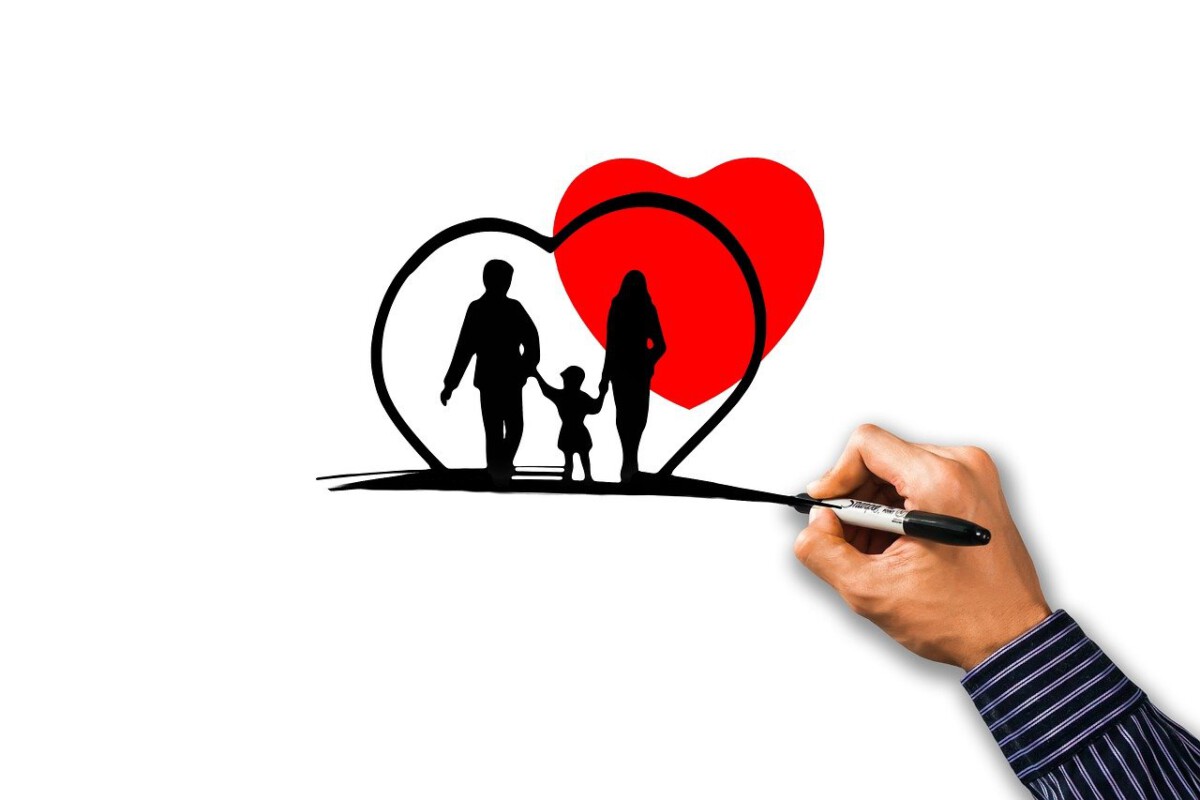A Night of Joy Turns to Terror (Image Credits: Unsplash)
Chicago – Twinkling lights and joyful crowds filled the air with holiday magic, only for the night to erupt into fear as gunfire pierced the celebrations in the bustling Loop district.
A Night of Joy Turns to Terror
Imagine families gathering for the annual Christmas tree lighting, kids wide-eyed at the sparkling display. That’s how it started on a chilly Friday evening. But within hours, the scene shifted dramatically.
Two separate shootings rocked the area, leaving one young life lost and others forever changed. A 14-year-old boy became the tragic victim, while eight more people, mostly teens, fought through their injuries. The violence came amid reports of unruly crowds clashing in what police called a “teen takeover.”
This wasn’t just random chaos; it highlighted deeper issues in crowd control during big events. Eyewitnesses described running for cover as shots rang out near popular spots like the Chicago Theatre.
Unpacking the Timeline of Tragedy
The first incident hit around 9:50 p.m. outside the Chicago Theatre on State Street. Seven teens, ages 13 to 17, were struck by bullets in what seemed like a mass shooting tied to the growing unrest.
Less than an hour later, another burst of gunfire near Federal Plaza claimed the life of the 14-year-old and wounded one more. Police swarmed the streets, but the damage was done. Crowds scattered in panic, turning a festive block into a crime scene.
By morning, the city was reeling. Officials confirmed all victims were in fair to good condition except the boy who didn’t make it. The swift response from first responders saved lives, yet questions lingered about prevention.
The Mob Mentality That Fueled the Fire
Hundreds of juveniles flooded the downtown area, some sources estimating up to 300 involved in fights and disruptions. It started with the tree lighting and Christkindlmarket drawing big numbers, but excitement soured into aggression.
Reports surfaced of attacks on police officers, with one hospitalized from the melee. Robberies and brawls added to the disorder, painting a picture of unchecked energy turning dangerous. Social media buzzed with videos of the pandemonium, amplifying the shock nationwide.
Experts point to patterns seen in past “teen takeovers,” where large groups overwhelm security. This time, the holiday backdrop made it sting even more, as parents worried about their kids’ safety in the heart of the city.
Critics Unleash on City Leadership
Voices from aldermen to national commentators didn’t hold back. “Complete lawlessness,” one critic blasted, slamming Mayor Brandon Johnson for policies they say prioritize leniency over safety.
Alderman Brian Hopkins called it a riot, noting multiple officers attacked amid the gunfire. Social media lit up with calls for tougher measures, like curfews or more police presence at events. The mayor’s office labeled it an “isolated incident,” but that stance drew even more ire.
Still, Johnson urged calm and promised a full investigation. The backlash underscores ongoing debates about urban crime strategies in Chicago, especially during high-traffic holidays.
Impact on the Community and Beyond
Families of the victims now face a long road of recovery, both physical and emotional. The Loop, usually a symbol of Chicago’s vibrancy, felt vulnerable that night. Businesses shuttered early, and tourists reconsidered plans.
On a broader scale, the event sparked national headlines, from CBS to the Sun-Times. It reignited talks about youth violence in major cities, with some drawing parallels to similar flare-ups elsewhere.
Local leaders pushed for community dialogues, emphasizing mental health support for at-risk teens. The contrast between holiday cheer and this horror left many questioning how to reclaim safe public spaces.
Lessons from the Chaos: Steps Forward
To prevent repeats, here’s a quick look at potential fixes based on expert suggestions:
- Increase visible police patrols at large gatherings.
- Implement stricter curfew enforcement for minors downtown.
- Boost youth programs to channel energy positively year-round.
- Enhance coordination between event organizers and first responders.
- Encourage anonymous tips for early warnings on crowd issues.
These aren’t overnight solutions, but they could build a safer foundation. Chicago’s resilience shines through tough times, yet proactive changes feel urgent now.
Key Takeaways
- One teen lost his life, with eight others wounded in back-to-back Loop shootings.
- The violence erupted during holiday festivities, involving hundreds of juveniles.
- Criticism of city policies grows, calling for better crowd management and accountability.
As Chicago heals from this heartbreaking night, the focus turns to unity and real action. What steps do you think the city should take next? Share your thoughts in the comments below.






